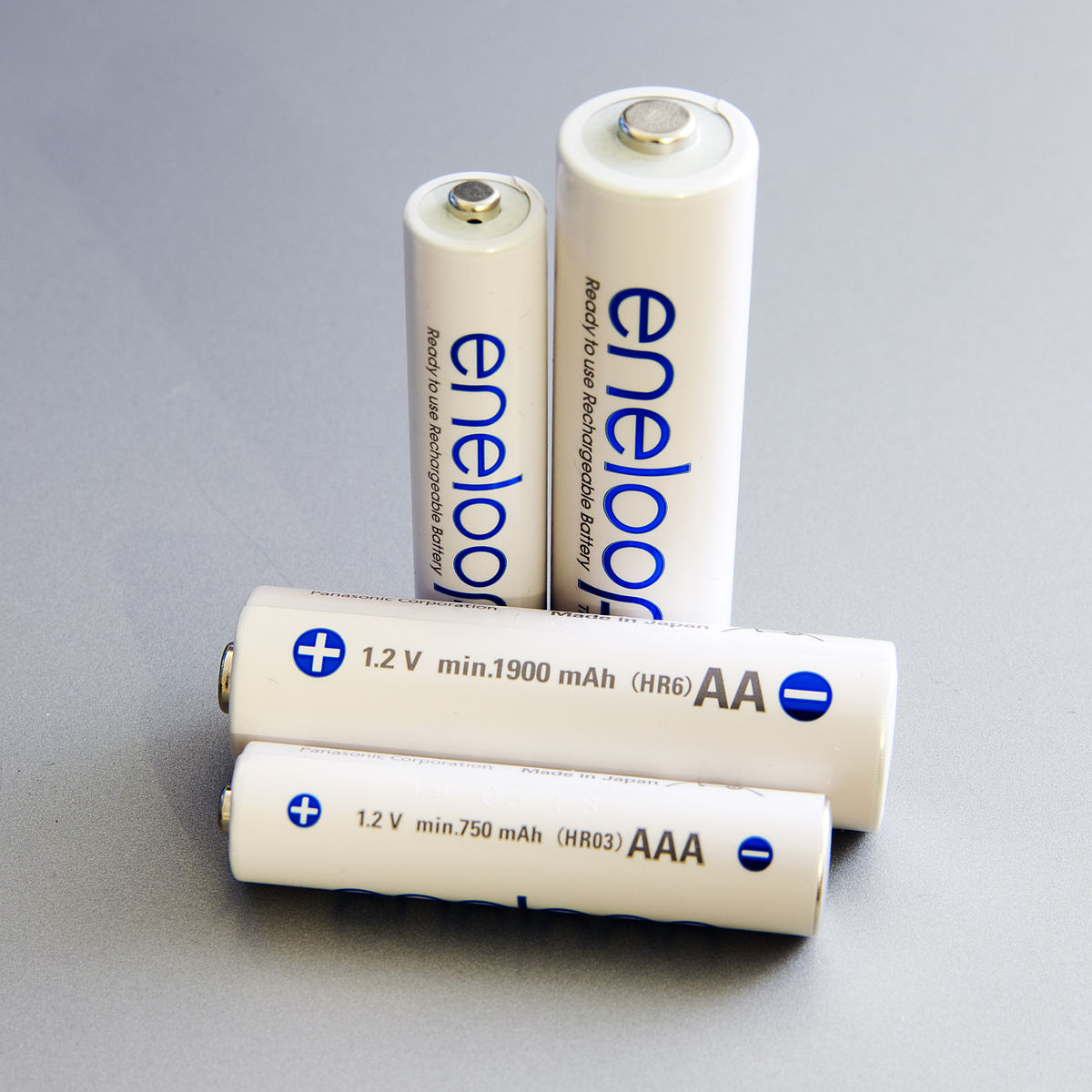Getting Home In The Event Of An EMP- Part 2, by B.M.
We are looking at what might be required if you are working in the city a great distance from your family’s home. My scenario is that I work 50 miles away, which would require a two day walk. I’ve already talked through the basics of day one, which is focusing on getting as far as possible while being the Gray Man. Now, let’s look at what might happen next. Overnight and Day Two So, you have had a fortunate day. You’ve covered 30 miles, but you are exhausted. You’ve eaten once; you are sweaty, tired, worried, and it is getting …










